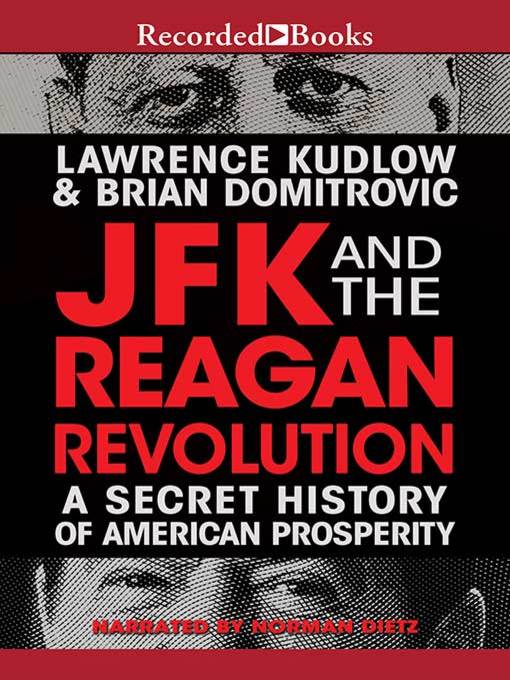- New eBook additions
- Available now
- Popular eBooks
- Try something different
- New kids and teen additions
- Book Club Picks
- Series Starters
- It's a Mystery!
- See all
- New audiobook additions
- Available now
- Popular audiobooks
- Try something different
- New kids and teen additions
- Listen Up: Great Narrators
- Audiobooks for your Commute
- Sweet nothings in Your Ear
- For the Love of Listening (to audiobooks)
- Full Cast Audiobooks
- See all
- New magazine additions
- Popular magazines
- New kids and teen additions
- Try something different
- Business & Finance
- Let's Get Crafty
- Health & Fitness
- Cooking up Something Good!
- Celebrity Magazines
- Sports
- Family & Parenting
- Tech & Gaming
- Fashion
- See all


